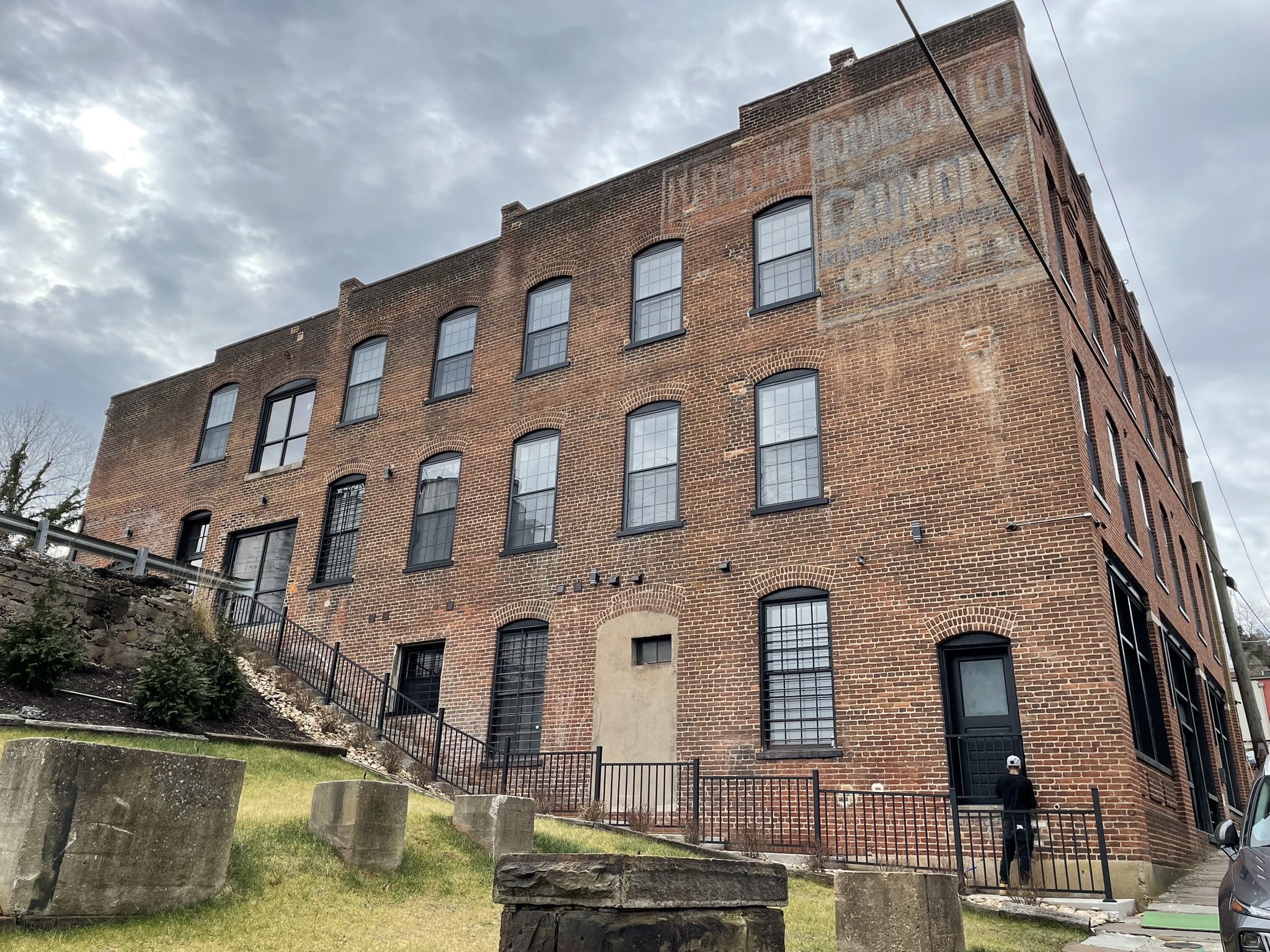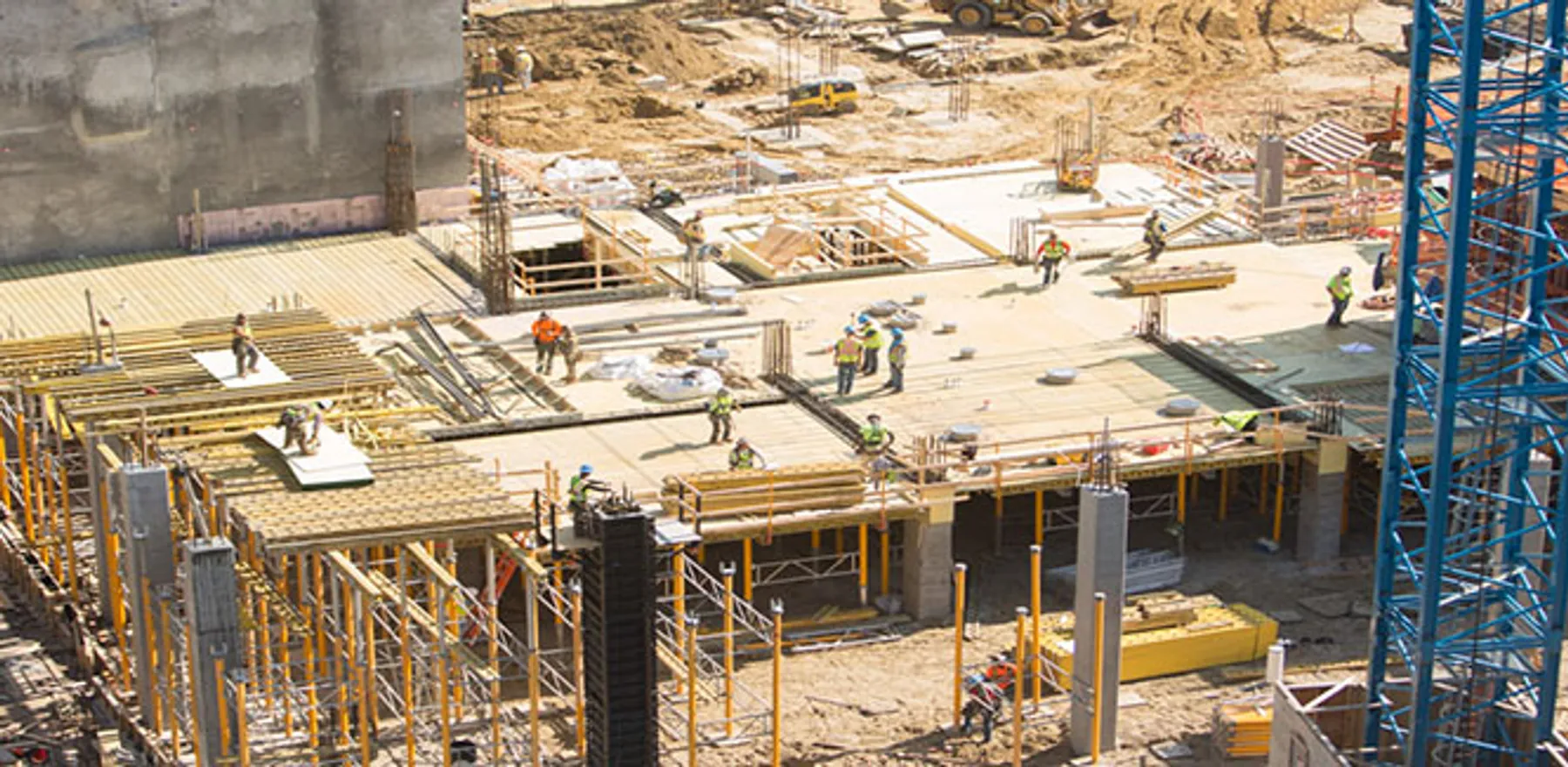When it comes to real estate, the old adage “location, location, location” holds true. The geographical setting of a property plays a pivotal role in determining its value, and this is a factor appraisers carefully analyze in their valuation process. Let’s delve into the profound impact location has on real estate property values and how appraisers navigate this crucial aspect.
What Location Factors Affect Real Estate Values?
- Proximity to Amenities and Services
One of the primary factors influencing property values is the proximity to essential amenities and services. Properties located near schools, hospitals, shopping centers, and public transportation tend to command higher values. Homebuyers and investors often prioritize convenience, and a location that offers easy access to necessary services is perceived as more valuable.
- Neighborhood Characteristics
The characteristics of the neighborhood in which a property is situated can significantly affect its value. Safe and well-maintained neighborhoods with low crime rates often lead to higher property values. Appraisers carefully assess the overall atmosphere, community aesthetics, and the quality of infrastructure in the vicinity to gauge the desirability of the location.
- Market Trends and Demand
Real estate values are also influenced by broader market trends and demand in a particular location. A neighborhood experiencing growth, increased demand, and positive economic development tends to see rising property values. Conversely, areas facing economic decline or a surplus of available properties may experience a decrease in real estate values.
- Scenic Views and Natural Features
Properties with scenic views or proximity to natural features like parks, lakes, or mountains can enjoy increased value. The aesthetic appeal of a location often captivates potential buyers, making them willing to pay a premium for a home with picturesque surroundings.
How Appraisers Consider Location in Valuations
Appraisers use a combination of data analysis, market research, and on-site evaluations to assess the impact of location on property values. Some key considerations include:
Comparable Analysis: Appraisers compare the target property with similar properties in the area to gauge its relative value.
Market Trends: They analyze current and historical market trends in the specific location to understand how the property fits within the broader real estate landscape.
Local Amenities: The availability and proximity of amenities, services, and infrastructure are carefully evaluated.
Neighborhood Characteristics: Appraisers assess neighborhood characteristics such as safety, community atmosphere, and overall maintenance.
Future Development: Anticipated future developments and changes in the area may also be factored in, as they can influence property values over time.
How Do Demographics Affect Real Estate Values?
The surrounding demographics of an area can have a significant impact on real estate values. Here are several ways in which demographics influence property values:
1.Income Levels:
High-income neighborhoods often have higher property values. The purchasing power of residents in an area can drive demand for upscale properties, leading to increased values.
2.Education Levels:
Areas with well-educated populations may see higher property values. A well-educated community often values and invests in quality housing, which can positively influence the overall real estate market in that location.
3.Occupation Types:
The types of jobs and industries prevalent in an area can impact property values. For instance, areas with a concentration of high-paying, stable jobs may attract homebuyers willing to invest in long-term real estate, thus driving up property values.
- Age Distribution:
The age distribution of the population can influence the type of housing in demand. For example, areas with a higher proportion of young families may see increased demand for larger homes with family-friendly amenities.
- Cultural Diversity:
Cultural diversity can contribute to the vibrancy and attractiveness of a neighborhood. A diverse community can lead to a variety of amenities, restaurants, and cultural events, making the area more appealing and potentially increasing property values.
- Crime Rates:
High crime rates can negatively impact property values. Safety is a top priority for homebuyers, and neighborhoods with lower crime rates are often perceived as more desirable, leading to increased property values.
Written by Thomas McCoy




